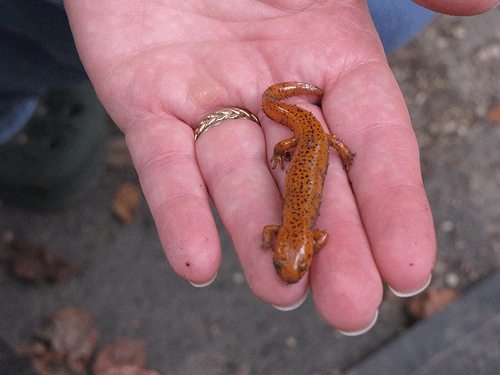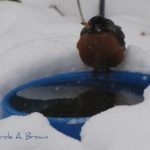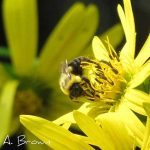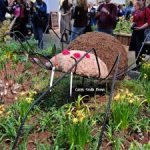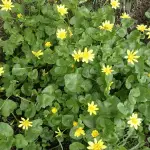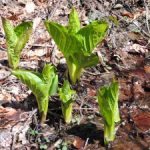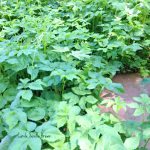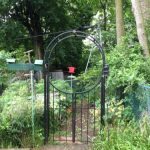Ecosystem Gardening is about giving something back to wildlife by healing the wounds caused by human activity in the environment. We can help by creating welcoming habitat for wildlife in our gardens, and when we band together with our neighbors and communities, we can create habitat corridors that give back so much more.
This is part 3 of my series on healing these wounds, and today we’ll be talking about the wound of habitat fragmentation.
Habitat fragmentation endangers wildlife by chopping their available habitat into smaller and smaller pieces, cutting them off from their biological processes.
Many birds are habitat specialists, needing specific habitat elements for their survival. As these habitats are cut into smaller and smaller pieces, many of these birds are now in great danger.
Fortunately, there are things we can do that will help heal the wound of habitat fragmentation.
Protect and restore habitats: Preserving existing habitats and restoring degraded areas can help connect fragmented habitats and provide wildlife with the resources they need to thrive.
Plant native species: Planting native species of trees, shrubs, and wildflowers can help to create new habitats and provide food and shelter for wildlife.
Create wildlife corridors: By planting vegetation in areas between fragmented habitats, wildlife can move more easily between habitats and avoid isolation.
Reduce the use of pesticides: The use of pesticides can reduce the food sources available to wildlife, so reducing or eliminating the use of pesticides can help to create healthier habitats.
Support conservation organizations: Supporting local and national conservation organizations that work to protect and restore habitats can help to ensure that these efforts are sustained over time.
Educate others: By sharing information about the importance of habitat fragmentation and the steps that can be taken to address it, you can help to raise awareness and mobilize others to take action.
By taking these steps and working together, we can help to heal the wounds caused by habitat fragmentation and ensure a healthier and more resilient ecosystem for generations to come.

